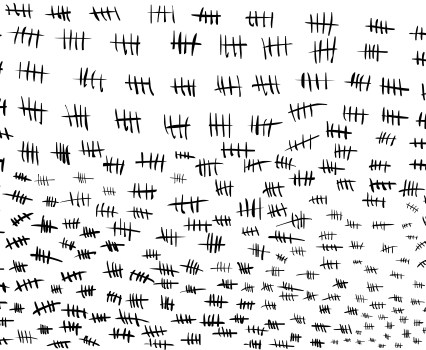EU legislation on design protection needs updating in order to
promote innovation and competitiveness in the EU. The new design
reform is intended to make design protection more accessible and
effective for i.a. SMEs and individual designers and adapt the
protection system to the digital age.
At the end of 2022, the European Commission proposed a new
design package to modernise the more than 20-year-old protection
system in Europe and align national design laws. The Council and
the European Parliament have now reached a preliminary agreement on
the design package, which includes a proposed revision of the two
legal design acts: the Design Regulation and the Design Directive.
Below, we summarise the key elements of the preliminary agreement
between the Council and the European Parliament.
More precise definition of products
A key concern is to make the legislation future-proof against
technological advancements. For this purpose, the legislators have
found it necessary to adopt a more precise definition of products.
In the preliminary agreement, the definition of products is
extended to include not only physical products but also products
that are visualised in graphical form such as animations and NFTs.
Such design protection of purely digital products represents a
novelty.
Lower fees and easier filing of multiple applications
The preliminary agreement proposes a reduction of the fees. The
basic fee when applying for a design registration will be reduced
from EUR 350 to EUR 230. The fee for each additional design
combined in a single application will be EUR 125. Today, the
additional fee for 2-10 designs is EUR 175 per design.
It is already possible to co-register designs, i.e. combine
multiple designs in one application, if the designs are of the same
nature, i.e. belong to the same class in the Locarno Classification
system. By way of example, a chair, a sofa, and a table can be
co-registered as they all fall within the same major class:
furniture. Co-registration makes it possible for applicants to save
costs for official fees. The legislators propose to streamline and
facilitate the filing of applications for co-registration of EU
designs. In the preliminary agreement, it is therefore no longer a
requirement that the designs to be registered belong to the same
major class in the Locarno classification system. In other words,
it is proposed to allow co-registration of multiple designs in the
same application, even if the products are not of the same
nature.
Spare parts
With the new rules, the possibility of obtaining design
protection for spare parts will be phased out. If the reform is
adopted, manufacturers of complex products – for instance car
manufacturers – will no longer be able to obtain design protection
for spare parts that are used to repair a complex product so as to
restore its original appearance.
The rule is intended to prevent monopolistic practices among
original spare parts manufacturers and to enhance competition
between manufacturers of original and non-original spare parts. To
ensure that consumers make informed decisions, it is stipulated in
the draft agreement that consumers must be informed that the spare
part has not been produced by the manufacturer of the original
product.
Registration symbol for designs
To facilitate the marketing of design products and increase
awareness of the design registration system, it is proposed to
introduce a design registration symbol: “(D)”. According
to the draft agreement, use of the symbol will be a non-mandatory
sign that can be used by proprietors who wish to communicate to the
public that their design is registered by adding the
“(D)”.
Cultural heritage
In the agreement, it is proposed to prohibit design registration
of cultural heritage elements of national interest such as
traditional costumes, artefacts, or monuments.
Next step
The preliminary agreement on the design package that has been
entered into between the Council and the European Parliament is now
pending approval and formal adoption in both institutions.
While the final Design Regulation will be directly applicable in
the individual Member States, the Member States are allowed 36
months to take the necessary measures to implement the Design
Directive into their national design laws.
So the design reform will not only create new opportunities for
companies wishing to protect their designs. It will also provide
new opportunities for businesses offering after-sales services and
spare parts – a market that is growing as a result of the increased
focus on circular economy and sustainability.
We are monitoring the development and are ready to answer any
questions you may have in relation to the design reform or the
protection of your design.
The content of this article is intended to provide a general
guide to the subject matter. Specialist advice should be sought
about your specific circumstances.
#Design #Reform #Step #Closer #Design #Regulation #Design #Directive #Antitrust #Competition










